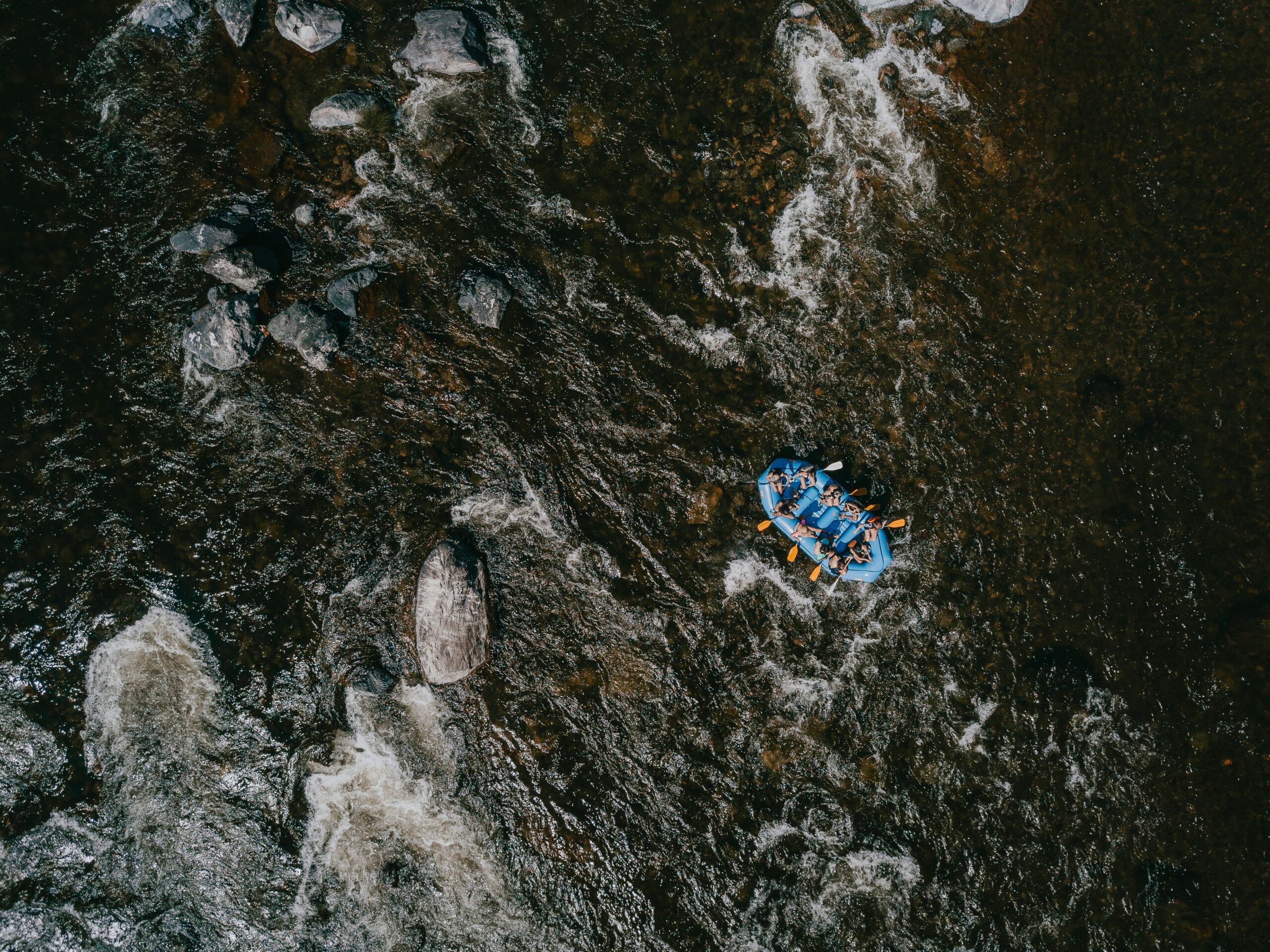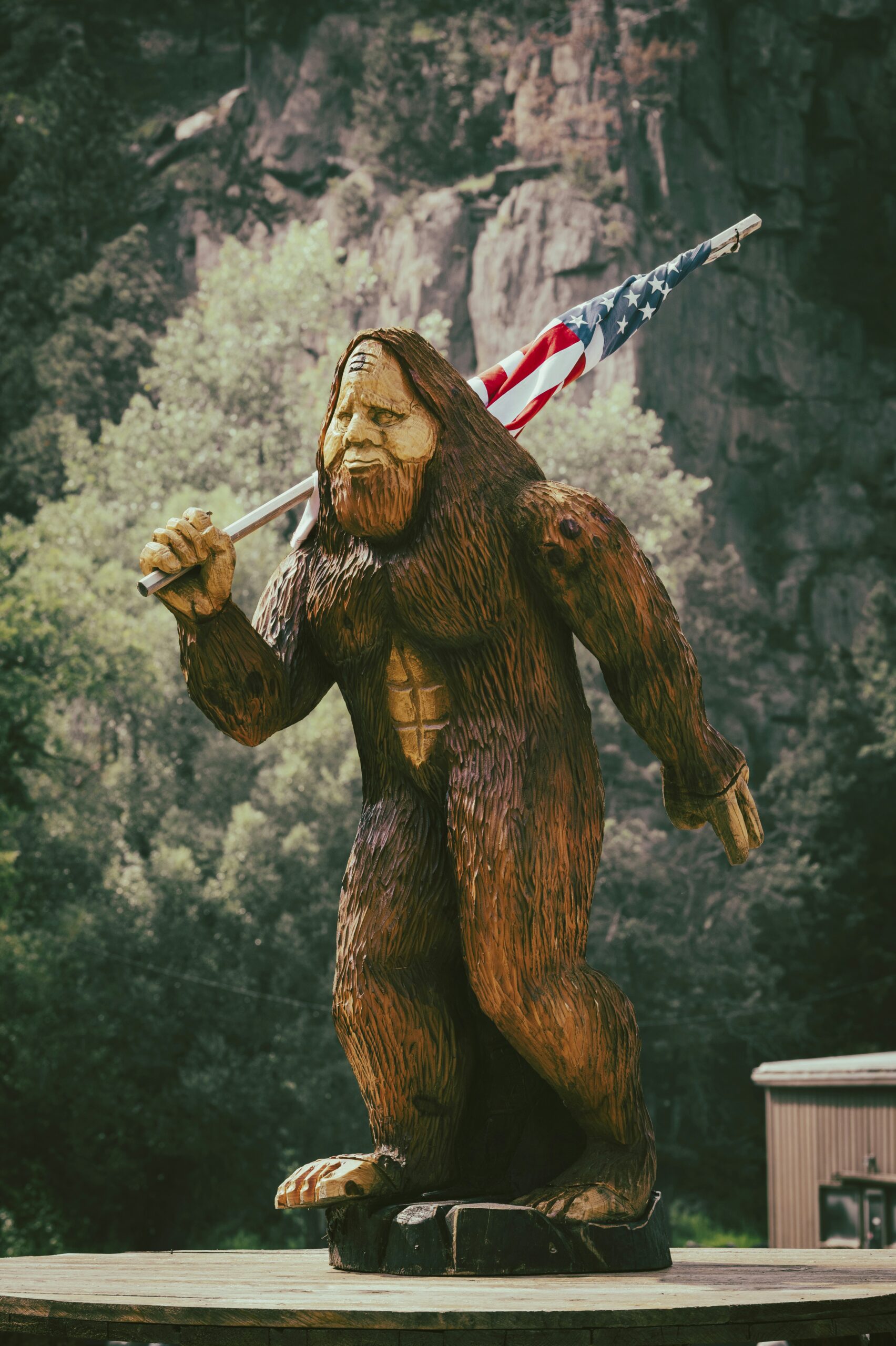The History of the Bigfoot Legend at Mount Shasta is an intriguing look into the mysterious and captivating folklore that surrounds one of America’s most iconic natural landmarks. As you delve into this article, you’ll uncover how stories of the elusive Bigfoot, a creature said to roam the dense forests, have been an integral part of Mount Shasta's cultural tapestry for many generations. You’ll explore the origins of these legends, personal accounts, and the ongoing fascination with this mythic being. So, get ready to embark on a journey through time, where the lines between myth and reality blur in the shadow of Mount Shasta.
The History of the Bigfoot Legend at Mount Shasta
Have you ever wondered how long the Bigfoot legend has been associated with Mount Shasta? It's a fascinating tale filled with folklore, campfire stories, and eyewitness accounts. Whether you're a fervent believer or a skeptic, the history of the Bigfoot legend at Mount Shasta offers an inviting peek into the mysteries that captivate our imaginations.

The Origins of the Bigfoot Legend
A Peek into Pre-Colonial Folklore
Mount Shasta, a majestic peak in Northern California, has been steeped in legends long before modern society took notice. The indigenous tribes of the area have passed down stories that lend credence to the existence of large, hairy beings inhabiting the region. Some say these beings go by different names, but their descriptions sound eerily similar to what we now call Bigfoot.
The Introduction of Bigfoot into Popular Culture
The term “Bigfoot” might be relatively new, but stories of large, hairy creatures have been around for generations. The Bigfoot legend really gained traction in the mid-20th century, but its roots go deeper, entangled with tales from Native American tribes and early settlers.
Mount Shasta: A Geological Marvel and a Paranormal Hub
Geographical Characteristics
Mount Shasta stands at an impressive 14,179 feet, making it one of the highest peaks in the Cascade Range. Its imposing presence and dense forests create an environment ripe for mystery and intrigue. This unique geography plays a significant role in why the area is often associated with various unexplained phenomena.
Paranormal Hotspot
In addition to Bigfoot sightings, Mount Shasta is notorious for a range of paranormal activities, including UFO sightings and ghostly apparitions. It's no wonder that this locale has become a hotspot for those intrigued by the unexplained.
The Early Sightings: Setting the Stage
Tales from the Indigenous Tribes
Before European settlers arrived, Native American tribes such as the Shasta, Modoc, and Wintu had their own legends about mysterious beings living in the forests around Mount Shasta. These stories often spoke of a creature that was more myth than reality, blending seamlessly into their cultural folklore.
The First Modern Encounters
The initial modern-day sightings of Bigfoot at Mount Shasta occurred in the early 1900s. These accounts were often dismissed as mere hallucinations or the result of overactive imaginations. However, as more people claimed to have seen the creature, these stories began to gain traction and credibility.
The 1960s and 1970s: The Golden Era of Bigfoot Sightings
Media Coverage
The 1960s and 1970s were pivotal decades for Bigfoot enthusiasts. Media coverage brought countless sightings and encounters into the public eye, turning Bigfoot from a local legend into a national sensation. Articles, TV shows, and documentaries played a significant role in captivating the imagination of the public.
Notable Sightings
During this period, several notable sightings occurred around Mount Shasta. Many of these encounters shared common themes—large, ape-like creatures spotted in the dense woods or crossing rural roads. The abundance and consistency of these reports helped legitimize the phenomenon in the eyes of many.
The Impact on Local Culture
Mount Shasta's local culture began to embrace its newfound status as a Bigfoot hotspot. Gift shops started selling Bigfoot memorabilia, tours were organized to “sighting” locations, and the creature became an integral part of the region's identity.
| Year | Event | Impact |
|---|---|---|
| Early 1900s | Initial modern sightings | Generated initial local interest |
| 1960s | Media coverage began | Turned Bigfoot from a local legend to a national phenomenon |
| 1970s | Notable sightings documented | Solidified Mount Shasta's reputation as a Bigfoot hotspot |

Scientific Exploration vs. Folklore
The Skeptics
Skeptics argue that Bigfoot sightings can be explained by anything from misidentifications to hoaxes. Scientific scrutiny often points to the lack of concrete evidence—no bones, no DNA, just blurry photos and anecdotal reports.
The Believers
On the flip side, believers argue that the sheer number of sightings and footprints can’t be easily dismissed. Many proponents continue to invest time and resources into proving the existence of Bigfoot, often leaning on advanced technologies like thermal imaging and drone surveillance.
The Role of Cryptozoology
Cryptozoology, the study of hidden or unknown animals, holds a unique position between science and folklore. It endeavors to provide a scientific framework to study creatures like Bigfoot while maintaining respect for their mythological significance.
Modern-day Encounters and Ongoing Research
Recent Sightings
Even today, stories of Bigfoot encounters at Mount Shasta continue to emerge. With the advent of smartphones and social media, these sightings are captured and shared more quickly than ever before, giving rise to a new generation of Bigfoot enthusiasts.
Advanced Technologies in Bigfoot Research
Modern technology has significantly impacted Bigfoot research. Drones equipped with high-definition cameras, thermal imaging devices, and advanced audio recording equipment have all been employed in the quest to find definitive proof of Bigfoot's existence.
Community Involvement
Local communities around Mount Shasta have played a pivotal role in keeping the legend alive. From organizing conventions to maintaining online forums and social media groups, these modern-day enthusiasts ensure that the Bigfoot legend continues to thrive.

Bigfoot in Pop Culture
Movies and TV Shows
The legend of Bigfoot has made its way into countless movies, TV shows, and documentaries. Whether portrayed as a menacing beast or a misunderstood creature, Bigfoot continues to captivate audiences worldwide.
Literature and Art
Bigfoot has also inspired a plethora of books and artworks. From serious scientific treatises to whimsical children's books, the creature's impact on literature and art is undeniable.
Tourism and Merchandise
Mount Shasta has become a popular destination for Bigfoot enthusiasts, and the local economy has certainly benefited. Shops sell everything from Bigfoot T-shirts to “official” Bigfoot hunting guides, making it clear that the legend has a tangible impact on tourism.
The Psychological Aspect: Why We Believe
The Need for Mystery
One reason the Bigfoot legend endures is our innate need for mystery. Humans are naturally drawn to the unknown and the unexplained. The idea that there might be hidden creatures roaming our forests adds a layer of wonder to our otherwise mundane lives.
Cognitive Biases
Cognitive biases also play a role in our belief in Bigfoot. For instance, confirmation bias leads us to give more weight to evidence that supports our existing beliefs, while disregarding information that contradicts them.
Social Influence
When it comes to legends and folklore, social influence can't be underestimated. Stories of Bigfoot are often shared and embellished over time, especially within communities that value these tales. This amplifies belief and perpetuates the legend.
The Controversies and Hoaxes
Famous Hoaxes
Over the years, there have been several infamous Bigfoot hoaxes designed to deceive the public and make headlines. These hoaxes often muddle the waters for serious researchers but also add an interesting twist to the legend.
The Impact on Credibility
Hoaxes and fabricated stories can severely impact the credibility of genuine sightings. Each false claim makes it easier for skeptics to dismiss the entire phenomenon, even when there's compelling evidence to consider.
Ethical Considerations
The ethical implications of perpetuating hoaxes can't be ignored. Misleading the public not only damages trust but also diverts attention and resources away from legitimate research and investigation.
| Year | Event | Outcome |
|---|---|---|
| 2008 | Georgia Bigfoot Hoax | Exposed as a stunt; discredited many believers |
| 2012 | Rick Dyer Hoax | Fabricated body; further skepticism developed |
The Future of Bigfoot Research at Mount Shasta
What Lies Ahead?
As technology advances, so does the potential for uncovering definitive proof of Bigfoot. New tools and techniques are continually being developed, offering fresh hope to those dedicated to solving this age-old mystery.
The Role of Citizen Scientists
Citizen scientists—ordinary people with a passion for Bigfoot and the paranormal—are also making significant contributions. Whether through organized expeditions or individual investigations, these enthusiasts are often at the forefront of new discoveries and sightings.
Environmental and Ethical Implications
As research continues, it's essential to consider the environmental and ethical implications. Protecting habitats and respecting indigenous cultures are paramount, ensuring that our quest for knowledge doesn't come at a high cost.
Conclusion
The history of the Bigfoot legend at Mount Shasta is a tapestry woven with threads of folklore, eyewitness accounts, and scientific inquiry. Whether you're a skeptic or a believer, the legend of Bigfoot at Mount Shasta is more than just a story—it's a symbol of humanity's enduring fascination with the unknown. So next time you find yourself near this majestic mountain, take a moment to ponder the mysteries that may lie hidden in its vast, unexplored wilderness. Who knows? You might just become a part of the legend yourself.
